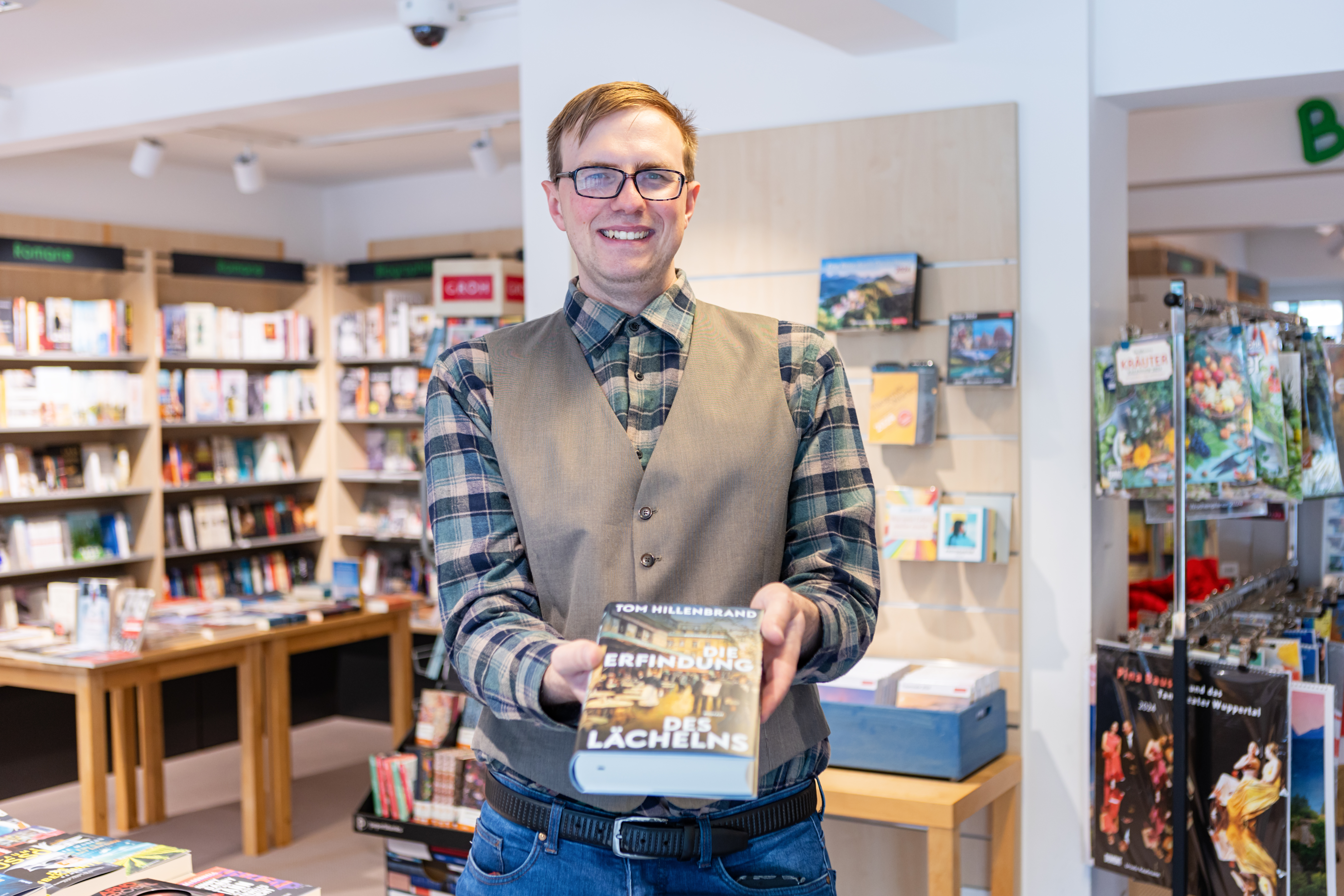Infrared and Raman Spectroscopy
109,95 €*
Nach dem Kauf zum Download bereit Ein Downloadlink ist wenige Minuten nach dem Kauf im eigenen Benutzerprofil verfügbar.
Quite a few excellent books about vibrational spectroscopy have already been published. So why write a new one? The last years have seen the birth of new techniques and, first of all, a wealth of new applications. Therefore, a lot of new users need an introduction to these techniques and applications, but, if they are new to vibrational spectroscopy, an introduction to the parent techniques as well.
Vibrational spectroscopies can detect and analyze vibrations in molecules. Mainly two different forms are used today: Infrared and Raman spectroscopy.
Vibrational spectroscopy is used by chemists to characterize their substances. If the spectra of substances are known, analytical chemists can use them to analyze a mixture of chemicals. Samples may be analyzed even with spatial resolution, on the microscopic as well as on the macroscopic scale.
'Infrared and Raman Spectroscopy' is intended for researchers or lecturers in Chemistry, Physics, Materials Science and Life Sciences, who are interested in the composition and properties of their samples. It describes how vibrational spectroscopy will enable them to examine thin layers, surfaces and interfaces, and also improve their knowledge about the properties of composites. Special chapters introduce VCD, ROA, and TERS.
The book can serve as a short introduction to vibrational spectroscopy too, so that students at the first graduate level will benefit from it as well.
Günter Georg Hoffmann received his Diploma in Chemistry and Biochemistry 1978 in the group of Prof. Dr. Dr.h.c.(H) Günther Snatzke (University of the Ruhr, Bochum, Germany). 1983 he was promoted to Dr. rer. nat. in the same group, working on organic synthesis and Circular Dichroism (CD). At the end of 1983 he joined the group of Prof. Dr. Bernhard Schrader (UGE Essen, Germany) as Postdoctoral Fellow, modifying a commercial FTIR spectrometer for the measurement of Vibrational Circular Dichroism (VCD). Another Postdoc position brought him in the years 1985?1986 to the Max Planck Institute for Radiation Chemistry (Mülheim, Germany), where in the group of Prof. Dr. Alfred R. Holtzwarth and Prof. Dr. Kurt Schaffner he studied Circularly Polarized Luminescence (CPL). 1986 he re-joined the group of Prof. Dr. Bernhard Schrader as Assistant Professor, investigating Vibrational Circular Dichroism (VCD) and several new applications of Raman Spectroscopy. 1989 he won the Bennigsen-Foerder award of the Minister of Science and Education of Northrhine-Westfalia (Germany). Since 2002 he worked with Prof. Dr. Heinz W. Siesler (University of Duisburg-Essen, Germany) on infrared and near-infrared rheo-optical investigations on the structure of polymers and the Raman-spectroscopic determination of temperature in rapidly moving laser spots. 2004 he was appointed Visiting Professor in the group of Prof. Dr. Gijsbertus de With (Eindhoven University of Technology, The Netherlands), working on electrically conducting composites, Atomic force microscopy (AFM), Tip-Enhanced Raman Spectroscopy (TERS) and Tip-Enhanced Raman Mapping (TERM). He is the owner and CEO of Hoffmann Datentechnik HHD.
| Autor: | Günter G. Hoffmann |
|---|---|
| EAN: | 9783110717556 |
| eBook Format: | |
| Sprache: | Englisch |
| Produktart: | eBook |
| Veröffentlichungsdatum: | 18.09.2023 |
| Untertitel: | Principles and Applications |
| Kategorie: | |
| Schlagworte: | Analytics Analytik Materials Sciences Spectroscopy Spektroskopie Werkstoffwissenschaften |
Anmelden

Möchten Sie lieber vor Ort einkaufen?
Haben Sie weiterführende Fragen zu diesem Buch oder anderen Produkten? Oder möchten Sie einfach doch lieber in der Buchhandlung stöbern? Wir sind gern persönlich für Sie da und beraten Sie auch telefonisch.
Buchhandlung Nettesheim GmbH
Hauptstraße 17
42349 Wuppertal
Telefon: 0202/472870
Mo – Fr09:30 – 18:00 UhrSa09:00 – 13:00 Uhr
